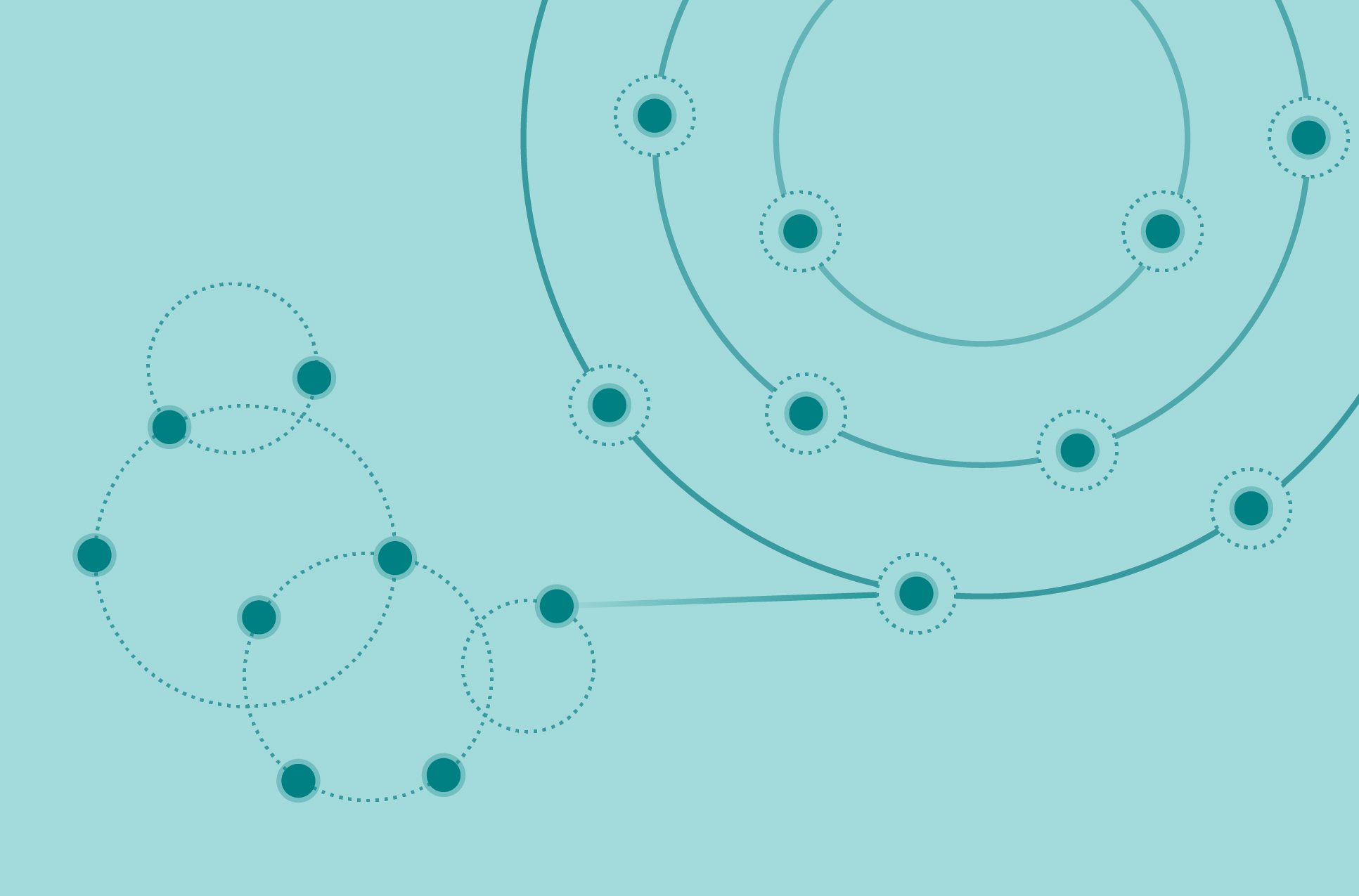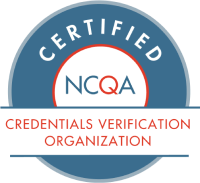Survival of the leanest has been a rule of thumb in manufacturing for decades. So it stands to reason that manufacturing has something to teach us in the credentialing department as we look to make our departments efficient. What techniques has manufacturing learned that can be applied to credentialing departments? Every successful manufacturer today implements the follow key strategies.
- Implement continuous improvement
- Load leveling
- Define. Measure. Analyze.
How to implement continuous improvement in credentialing
The Backstory: To improve its manufacturing systems, Toyota implemented a process of asking, “Why?” five times whenever something went wrong in their system. The practice of asking, “Why?” helped engineers and managers to understand the root cause of the problem and not just address the symptom or the surface issues.
In Credentialing Department: If your department experiences a backlog of credentialing work and has people working overtime to catch up before a Joint Commission Survey, your team could have an internal conversation that looks something like this:
- Why do backlogs occur?
We experienced a backlog in re-credentialing because our hospital just bought a large practice and we don’t have enough resources (people or money) to process files and keep up with re-credentialing.
- Why do we not have the required resources?
We don’t have enough people because the hospital has a hiring freeze on administrative hires and the work of building the credentialing file for each clinician is time-consuming.
- Why does the work consume so much time?
For every file, we must review the information, collect verification data from various different Primary Sources. It takes time to manually contact each data source, request information and track the information in a file.
- Why do we collect the data manually?
We don’t have the technology needed automate the collection of data.
After asking your five “Why?” questions, your department will better equipped to look into solutions that solve the root problem:
- Can we change the requirement for collecting data?
No. our processes are aligned to Joint Commission best practices and we don’t want to give up quality for a faster process.
- Can we change the method of data collection?
Yes, we can replace manual tasks of data collection with automatic data collection.
How to implement load leveling in a credentialing process.
Backstory: Load leveling (or heijunka in Japanese) is a technique that helps to even out the workload and create valuable intermediate-products at a consistent rate so that the end-product are produced more efficiently, even when the demand for the end product fluctuates.
In Credentialing Department: Think about how continuous credentialing could have a positive impact on your organization. Continuous credentialing is valuable for three reasons:
- Valuable intermediate products: Collecting information about healthcare practitioners in between 24-month credentialing cycles helps you make informed decisions throughout the year.
- Efficiency: If you have a system in place that automatically collects information about clinicians on a continuous basis, your credentialing staff will have much less work to do at the time of re-credentialing
- Cost savings: With less work to do at the time of re-credentialing, you will also decrease the average cost and the turn-around time per re-credential.
How to Define, Measure, Analyze in the credentialing department
Backstory: Underlying all LEAN-style improvements is the idea that you have to deeply understand the inefficiency before you’re able to improve it. That means defining and measuring each step in the process, then taking controlled actions to improve each step.
In Credentialing Department: Generally, there are three phases in credentialing that must be understood before you can improve the inefficiencies of any single step.
- Application
- Verification
- Committee Review
Ask yourself, do you know how long it takes and how much money is spent within each step of this process? Do you know where the bottleneck is in each of tasks? Do you know what each person involved in each step is concerned about? Asking questions like these in order to understand what is the most important aspect of each step, where there is overlap or duplicative efforts, and what the goals and timeframes are for each step will help you understand if there is room for improvement and where the improvements should be implemented.
Got more questions about credentialing? Let us know!



